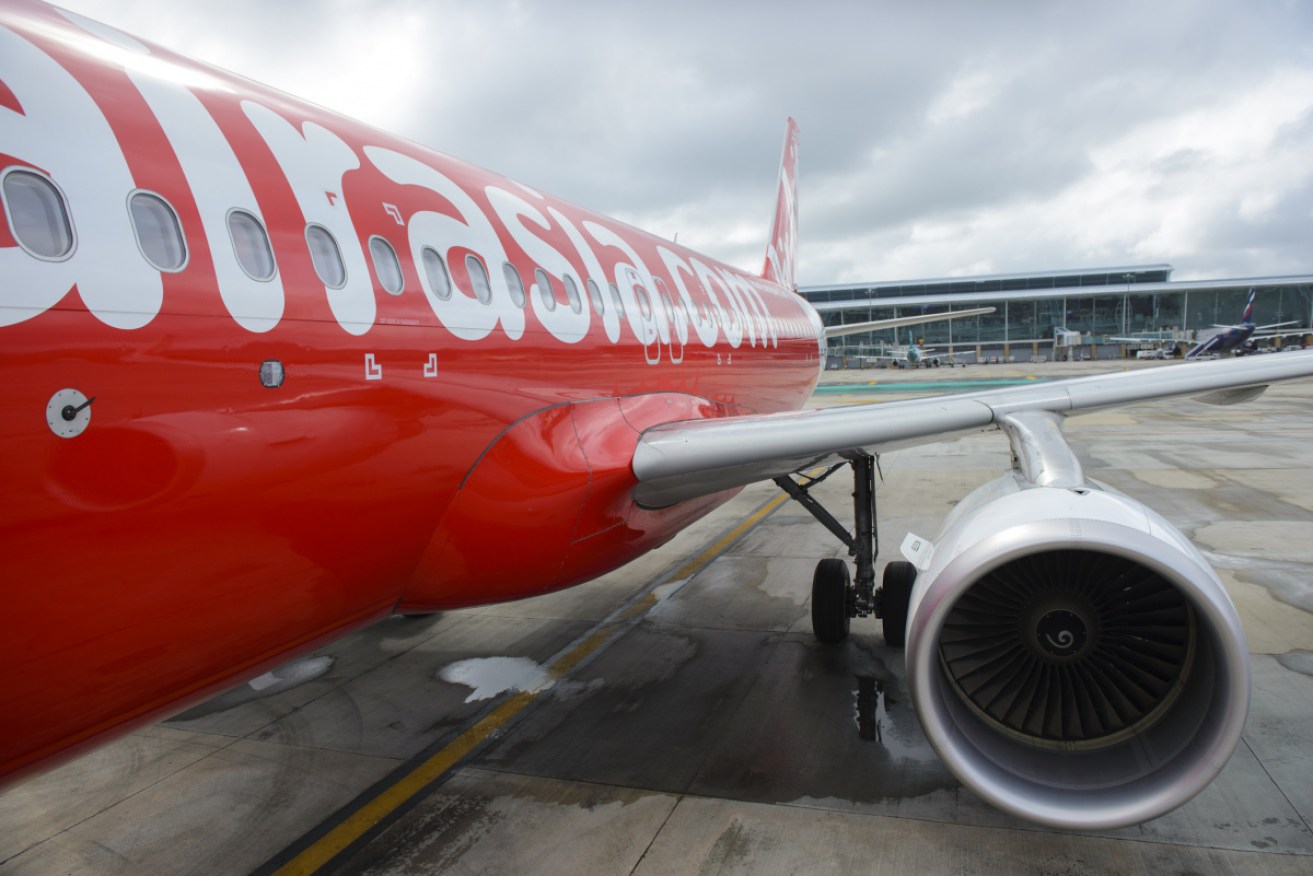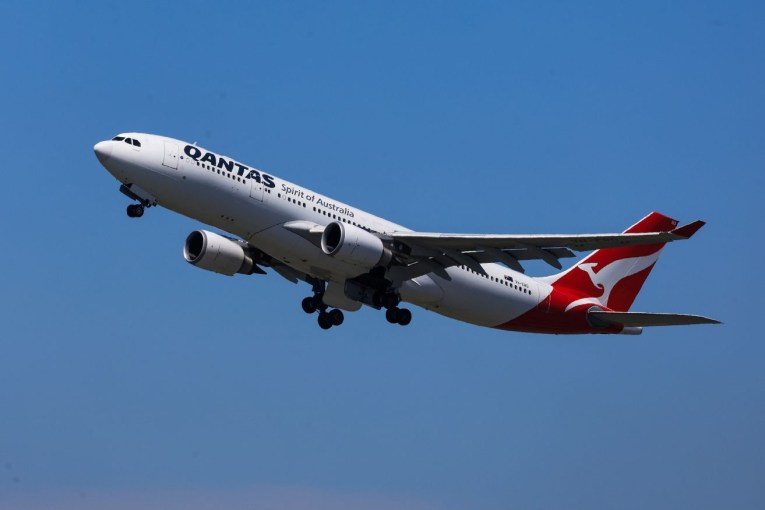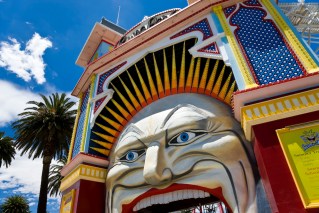How bad – or good – are budget airlines really?


There's plenty of options for budget airlines that fly overseas. But are the savings worth it? Photo: Getty
In 1964, Icelandair’s predecessor Loftleiðir introduced the world’s first low-cost long-haul flights between the US and Europe. Loftleiðir rarely departed on schedule and its turboprop planes were slower than jetliners.
But the idea proved a winner with young American travellers who dubbed the carrier ‘Hippie Airlines’.
Today, there are 135 low-cost airlines crisscrossing the globe. Their service standards differ remarkably but their business models are the same: selling cheap flights by minimising operating costs, squeezing more seats into planes and charging separately for add-ons like luggage, meals, seat selection and in-flight entertainment.
Australia has two budget airlines – Tigerair and Jetstar, but only Jetstar flies overseas. There are also three foreign-owned low-cost carriers that fly to Australia: AirAsia, Scoot and Cebu Pacific. Here’s what you can expect on an international flight on each, according to our experience and ratings on Skytrax, a global airline ranking site.
AirAsia
Described by The New York Times as the “pioneer” of low-cost travel in Asia, Kuala Lumpur-based AirAsia services 165 destinations in 25 countries, including Sydney, Melbourne, the Gold Coast, Perth and Adelaide.
It consistently offers the cheapest airfares for flights between cities such as Hong Kong, Kuala Lumpur and Bangkok, while its long-haul spin-off, AirAsia X, offers the cheapest fares on the market between east coast Australian cities and popular holiday destinations such as Hanoi, Colombo and Kathmandu.
But what’s it like flying long-haul on AirAsia? To begin with, the financial savings will cost you time – up to to 12 hours of it while you wait for connecting flights to destinations such as Hanoi at AirAsia’s base of operations, Kuala Lumpur airport.
The seats in economy are small, covered in vinyl upholstery, while advertisements for junk food and cosmetics wallpaper the luggage bins adding an unapologetic element of kitsch.
But again, AirAsia is so damn cheap passengers really have nothing to complain about. If you’re willing to pay more – 40 per cent more, to be exact – you can get an upgrade to Premium Flat Bed class and sleep just as comfortably as one can in a business-class pod of a legacy airline for around the same price as an economy seat on a legacy airline.
On-time arrivals: 73 per cent
Skytrax customer rating: 5/10 stars
Safety record: Blemished after a plane fell out of the sky in 2014 over Indonesia because of a faulty rudder system and erroneous pilot response
Last word: You get what you pay for in economy. You get a lot more than you pay for in flatbed class

You can get surprisingly comfy on AirAsia for surprisingly little. Photo: AirAsia
Jetstar
Introduced in 2003 by Qantas in response to the challenge posed by low-cost competitor Virgin Blue, Jetstar flies from Australia to 15 countries in the Asia Pacific region.
Jetstar consistently offers the cheapest airfares from Australia to Bali, Fiji and New Zealand, with several direct flights departing daily from Sydney, Melbourne, Brisbane, Perth, Darwin, Adelaide and Cairns.
What’s the trade-off? The seats on Jetstar are significantly smaller than those of legacy carriers like Qantas. The in-flight entertainment costs $12 to $20 and is pretty sad – a selection of mostly B-grade movies and boring old sitcoms.
Jetstar’s crews are professional and polite but …
“The primary job of [Jetstar’s] crew is to sell passengers snacks, blankets, entertainment units and drinks so they can meet their sales targets,” writes Destination Travel, an online reviewer with troll-like tendencies.
On-time arrivals: 80.6 per cent
Skytrax customer rating: 4/10 stars
Safety record: Perfect
Last word: Nothing really wrong with it

It’s squishy on board with Jetstar, but the fares are consistently cheap. Photo: Getty
Cebu Pacific
Founded as a domestic airline in the Philippines in 1998, Cebu Pacific was Asia’s first low-cost airline. It now flies to 27 international destinations, including Dubai, Houston and Sydney.
Cebu Pacific was also the first low-cost airline in Asia to discover the power of advertising on social media. Last year, after getting hit with a social media ad for tickets to Manila for only $250, I clicked through.
The moment I first laid eyes on the tiny seat in the exit row I would spend the next 12 hours cocooned in, I wished I hadn’t. Making things worse, when the crew closed the bulky door, I was left with practically no legroom at all. It was the most uncomfortable flight of my life.
Customer reviews on Skytrax are equally damning: “Crew were rude and inconsiderate.” “Plane is old and smells bad.” “Delayed six hours for no reason.” “Cancelled flight without warning and left us stranded.”
The clincher? “I am a Filipina and I love my country. However, this is the worst airline I have ever flown with. Cebu Pacific, you need to do a better job.”
On-time arrivals: 69 per cent
Skytrax customer rating: 5/10 stars
Safety record: Not perfect. In 1998, 104 people were killed when a plane flew into a volcano. In 2010, a plane bounced while landing at Manila airport. In 2013, a plane ran off the runway in Manila. In 2018, a plane veered off a runway while landing.
Last word: You may suffer for the savings

Asia’s first low-cost airline is less than popular with many travellers – though the price might be worth it. Photo: Getty
Scoot
Launched by Singapore Airlines in 2012 to take on AirAsia, Scoot flies as far south as Gold Coast, Perth, Sydney and Melbourne, and as far north as Athens and Berlin.
Flights between Australia and Europe on Scoot start at $319 – the cheapest in the world – while flights from Perth to Hanoi are also dirt cheap at $207.
But how much does Scoot make passengers suffer for such savings? Surprisingly little. For flights to and from Australia, Scoot uses 787 Dreamliners: Clean, shiny and spacious planes with mood lighting, low humidity, higher cabin pressure and whisper-quiet engines – the same flights offered by legacy airlines.
The seats offer 31-inch pitch and reclines of six inches – the most generous recline of any low-cost carrier in the world.
Scoot charges $8 to use its power sockets – way too much – but on the plus side throws in a hot meal, meat or chicken with rice, pasta or potatoes in an aluminium box for those who buy more expensive economy tickets.
My advice is to refuse this prefabricated mush and opt for Scoot’s healthy vegetarian and non-vegetarian options, things like the wholemeal baguette with grilled tofu, zucchini and pesto; the gouda and carrot sandwich; or the smoked salmon wrap with capers. This is basically good cafe food you’d be happy to eat in the air or on the ground.
On-time arrivals: 77 per cent
Skytrax customer rating: 5/10 stars
Safety record: Perfect
Last word: As good as low-cost gets

Singapore-based Scoot uses new planes – and offers more comfort than might be expected. Photo: Getty








